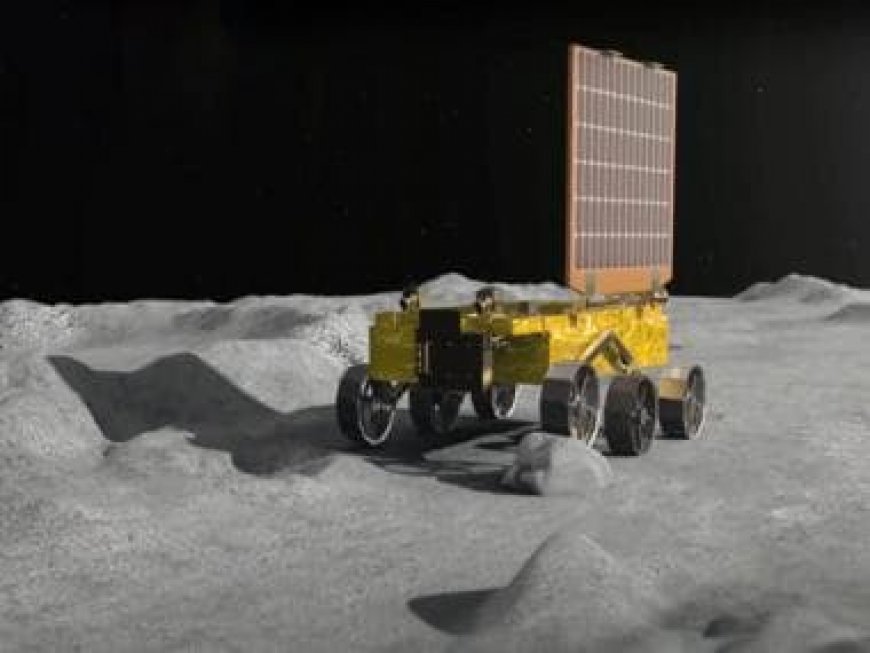JACKPOT: Pragyan rover finds Oxygen, Titanium, Silicon and Sulphur on Moon’s south pole. Here’s why it is important
JACKPOT: Pragyan rover finds Oxygen, Titanium, Silicon and Sulphur on Moon’s south pole. Here’s why it is important

It seems that India’s Chandrayaan-3 mission is a gift that keeps on giving. After sharing reports about the varying temperature of the soil at the lunar south pole a couple of days ago, ISRO shared an update last night that is set to have huge ramifications on India’s space program, as well as on those in other countries.
The Pragyran Rover of the Chandrayaan-3 mission has found traces of aluminium, calcium, iron, chromium, titanium, manganese, silicon, and most importantly, oxygen in the soil of the Moon. ISRO has also found sulphur in the lunar surface.
Chandrayaan-3 Mission:
In-situ scientific experiments continue …..
Laser-Induced Breakdown Spectroscope (LIBS) instrument onboard the Rover unambiguously confirms the presence of Sulphur (S) in the lunar surface near the south pole, through first-ever in-situ measurements.… pic.twitter.com/vDQmByWcSL
— ISRO (@isro) August 29, 2023
What Chandrayaan-3 has found on the Moon
ISRO also confirmed that it has found sulphur in the moon’s soil, another massive discovery. In a post on X, ISRO said that thanks to its ongoing in-situ experiments, the Laser-Induced Breakdown Spectroscope (LIBS) instrument onboard the Pragyan Rover has determined and confirmed the presence of Sulphur in the lunar surface near the south pole.
While scientists and researchers were aware of the presence of these elements on the Moon, the discovery made by Pragyan Rover is vital for interplanetary missions.
The discovery of these elements is important
The discovery of elements such as aluminium, iron, chromium, titanium etc., at the lunar south pole indicates that the Moon has a rich deposit of these minerals.
This, in turn, means that Moon is more hospitable than we had thought, and could actually be used to mine for its natural resources, especially when we set up a colony up there.
The discovery of oxygen in the soil of the moon also reaffirms the fact that at one point, the land on the Moon was not always arid and at once it could have been well suited for the growth of vegetation, and by extension, even agriculture. This would mean that it is possible to make the Moon fertile again, especially if ISRO finds large deposits of water ice.
Chandrayaan-3 is in a race against time
Having found these elements on the Moon, the Pragyan Rover will continue looking for hydrogen, specifically, H-3. This is one of the most important aspect of the Chandrayaan-3 mission.
Scientists are currently emphasizing the time-sensitive nature of the rover’s operations. ISRO is diligently working to ensure the rover covers the expansive uncharted terrain of the lunar south pole, as much as possible. Right now, the rover and the lander are focused on gathering as much data as it can, after which, it will start helping in analysing them.
Nilesh M Desai, the Director of the Space Applications Centre, conveyed that the mission’s timeline is tight, affording a mere 14 days in total, equivalent to one lunar day. The significance of this tight timeframe lies in the necessity to conduct an array of experiments and research during these ten days. “The more experiments and research we can do in the remaining ten days will be important. We are in a race against time because in these 10 days, we have to do maximum work and all the ISRO scientists are working on it,” he said.
What's Your Reaction?

























































